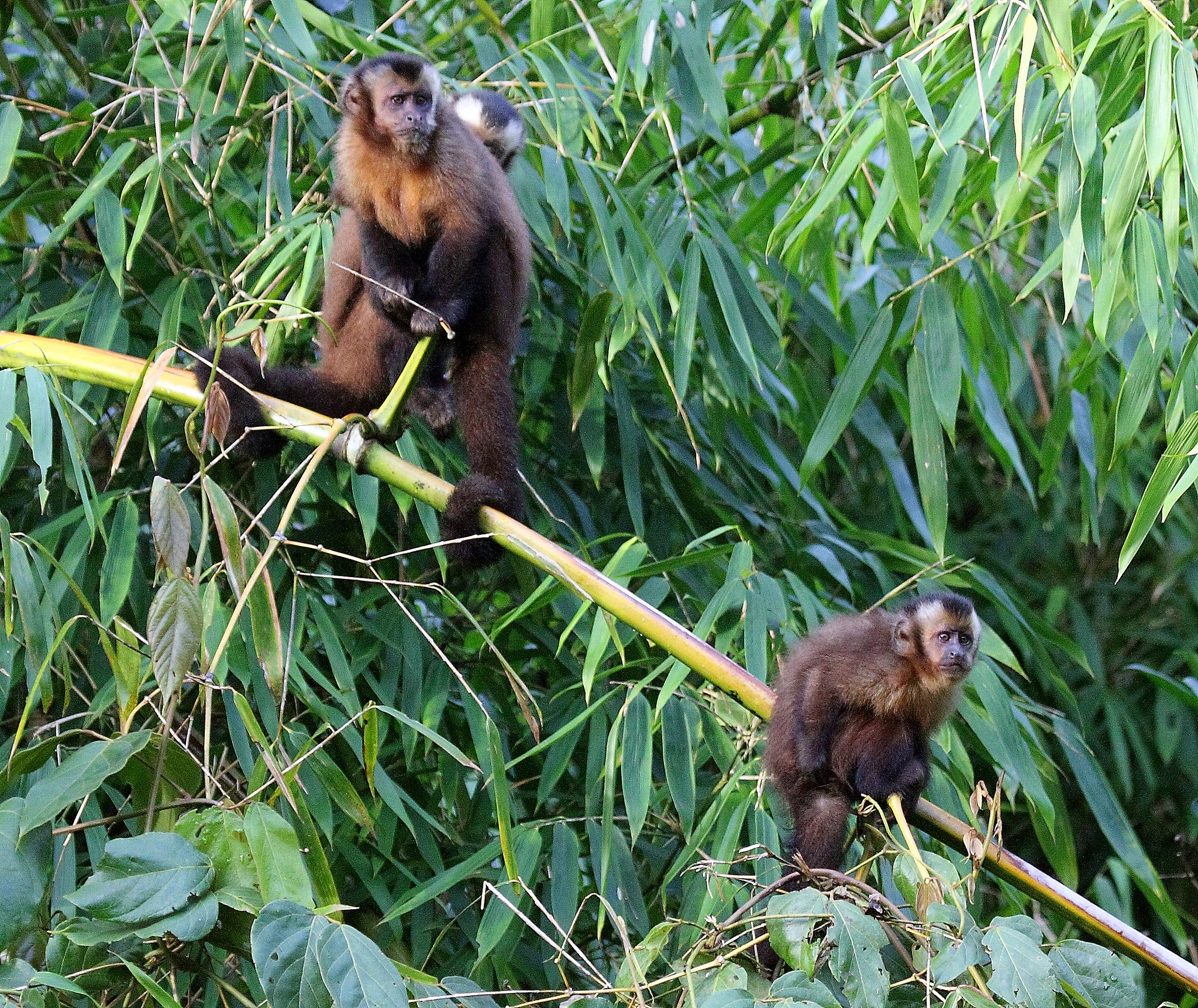The World Spent $14.4 Billion on Conservation, and It Actually Worked
Credit to Author: Stephen Leahy| Date: Wed, 25 Oct 2017 17:00:00 +0000
A new study published Wednesday in Nature provides the first hard evidence that conservation spending to set up and protect nature reserves and parks is saving species.
Between 1992–2003, $14.4 billion was spent in total in the 109 countries studied, including Brazil and China. (Dollar amounts here are in what researchers call “international dollars,” a conversion from US dollars to account for differences in purchasing power in each country.) That investment resulted in a 29 percent-per-country average decrease in the rate of biodiversity decline between 1996–2008, the new paper concludes.
It takes a few years before investments in conservation show results, lead author Anthony Waldron, a conservation scientist at Oxford University, told me in a phone interview.
“Our study answers the big question about the effectiveness of conservation investments,” said Waldron. Most of the funding in that time period supported reserves and protected areas. “We only looked at spending that went directly to conservation, such as funding for park rangers, habitat protection, and so on.”

The analysis is based on a huge dataset reflecting global conservation funding and biodiversity declines. The data was used to create an evidence-based model that estimates how effective additional investments would be, based on each country’s unique socioeconomic context such as population and economic growth, and expansion of agriculture, said Waldron.
An additional $5 million investment in conservation could have slowed the loss of plant, animal, and other species by 50 percent in Peru and 90 percent in Rwanda during the period studied, according to the model. In some poor countries, the entire conservation budget amounts to $10 million or less, so an additional $5 million could have a big impact, Waldron said.
The model can also be used to estimate how much it may cost to reach a certain conservation goal. In more recent times, between in 2001 and 2012, socioeconomic changes in a country like Peru would likely have required an additional million dollars in conservation investment to get a 50 percent decline in biodiversity loss, the study reported.
“The main message is that conservation is working, but that we need to boost investment to meet international policy targets,” co-author Joseph Tobias from Imperial College London said in a press release.
“In addition, the results show how conservation funding may need to change over time,” Tobias said.
“Biodiversity” is the generic term for the plant, animal, insect, fish, and other species that form the intricate web of life that sustains humanity. These species perform a variety of tasks, like producing oxygen, cleaning water, pollination, and much more.
Read More: Is There Really Such Thing as a ‘Safe’ Limit for Biodiversity Loss?
Altogether the goods and services that nature provides is estimated to be worth between $125-145 trillion USD per year. In a recent BBC article Georgina Mace, head of the Centre for Biodiversity and Environment Research at University College London, questioned how a price could even be put on “the cultural, spiritual and wellbeing benefits of green spaces and wild places.”
In extreme cases, the loss of a single species “can lead to the total collapse of an ecosystem, as seen with some of the world’s fisheries,” Mace wrote in a recent BBC article.
In 2010, the 193 countries that are part of the UN’s Convention on Biological Diversity agreed to put under protection 17 percent of land and 10 percent of oceans globally by 2020 to reduce the loss of biodiversity. But only a few countries are actually expected to reach their targets, according to a 2016 report.
An accompanying commentary in Nature notes that halting the decline in global biodiversity would be “remarkably cheap,” amounting to less than 0.01 percent of global gross domestic product.
Get six of our favorite Motherboard stories every day by signing up for our newsletter.